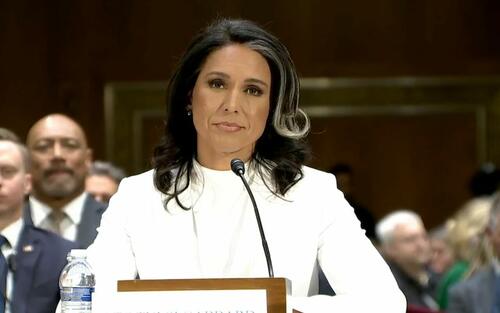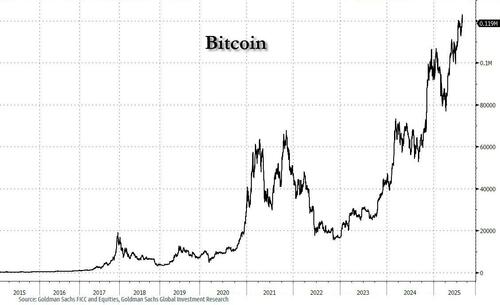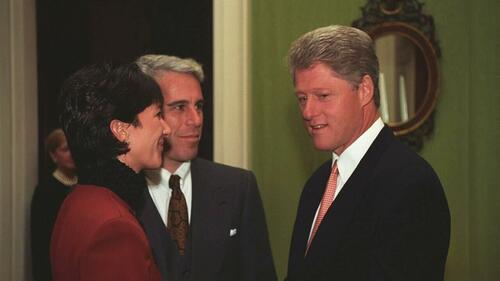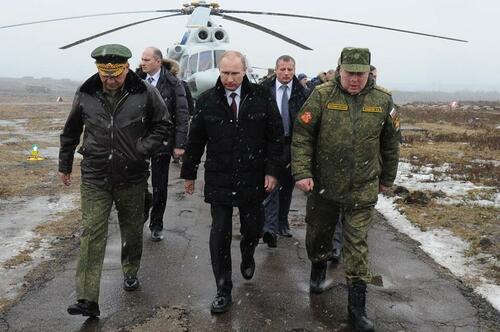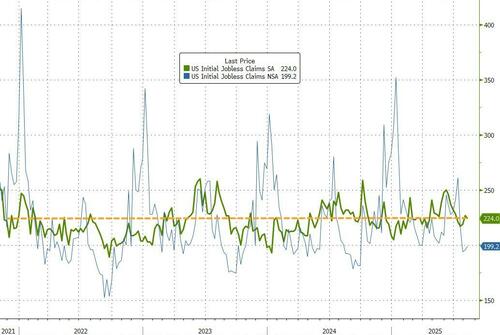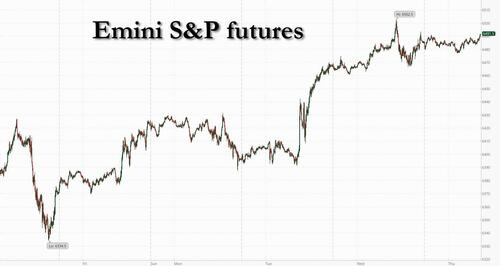Producer Prices Spike Most In 3 Years In July As Services Costs Soar
Following the ‘mixed’ message from CPI earlier in the week (which the market perceived as dovishly cooler than expected), Producer Price Inflation was expected to accelerate in July’s data released today.
…and accelerate it did – dramatically with headline PPI rising 0.9% MoM (massively more than the +0.2% expected and the biggest jump since June 2022) sending PPI up 3.3% YoY (highest since Feb 2025)…
Source: Bloomberg
The surge in producer prices was driven almost entirely by Services…
Source: Bloomberg
Core PPI also jumped 0.9% MoM (dramatically hotter than expected) with the YoY shift spiking to +3.7%…
Source: Bloomberg
PPI rose 0.9% MoM in July, the biggest increase since March 2022 (after a 0.0% print in June and 0.4% in May). Within final demand, more than three-quarters of the broad-based advance in July can be traced to the index for final demand services, which rose 1.1%. Prices for final demand goods increased 0.7%.
PPI YoY rose 3.3% for the 12 months ended in July, the largest 12-month increase since rising 3.4% in February 2025.
Details:
Final demand services: The index for final demand services moved up 1.1% in July, the largest advance since rising 1.3% in March 2022. Over half of the broad-based July increase is attributable to margins for final demand trade services, which jumped 2.0% (Trade indexes measure changes in margins received by wholesalers and retailers.) Prices for final demand services less trade, transportation, and warehousing and for final demand transportation and warehousing services advanced 0.7 percent and 1.0 percent, respectively.
Product detail: 30% of the July rise in prices for final demand services can be traced to margins for machinery and equipment wholesaling, which jumped 3.8%. The indexes for portfolio management; securities brokerage, dealing, investment advice, and related services; traveler accommodation services; automobiles retailing (partial); and truck transportation of freight also advanced. In contrast, prices for hospital outpatient care fell 0.5%. The indexes for furniture retailing and for pipeline transportation of energy products also declined.
Final demand goods: Prices for final demand goods moved up 0.7% in July, the largest advance since rising 0.7% in January. Forty percent of the broad-based increase in July can be attributed to the index for final demand foods, which jumped 1.4%. Prices for final demand goods less foods and energy and for final demand energy moved up 0.4% and 0.9% respectively.
Product detail: A quarter of the July advance in the index for final demand goods can be traced to prices for fresh and dry vegetables, which jumped 38.9%. The indexes for meats, diesel fuel, jet fuel, nonferrous scrap, and eggs for fresh use also rose. Conversely, prices for gasoline decreased 1.8%. The indexes for canned, cooked, smoked, or prepared poultry and for plastic resins and materials also declined.
Looking at the PPI detail matters for PCE calculation:
Airline passenger services rose 1% m/m in July after contracting 2.3% in June.
Portfolio management costs rose 5.8% m/m in July, after rising 2.1% in June.
Home health and hospice care slowed to 0.1% m/m after rising 0.2% m/n in June.
Hospital outpatient care contracted 0.5% m/m after rising 0.9% m/m in June.
PPI Energy prices are accelerating, tracking the oil price jump (but that will decline next month)…
Source: Bloomberg
Over half of the increase is attributable to margins for final demand trade services, which jumped 2.0% with margin pressure roaring back…
Source: Bloomberg
This implies that companies are eating the higher tariff costs (impacting margins) while end-users are not experiencing much pain.
PPI trade services aside, which is mostly excel calc imputation, the direct impact of tariffs was oddly muted at 0.4% in final demand goods ex food and energy pic.twitter.com/cTPo6h2zZm
— zerohedge (@zerohedge) August 14, 2025
Will Trump fire the new BLS chief?
Tyler Durden
Thu, 08/14/2025 – 08:39

